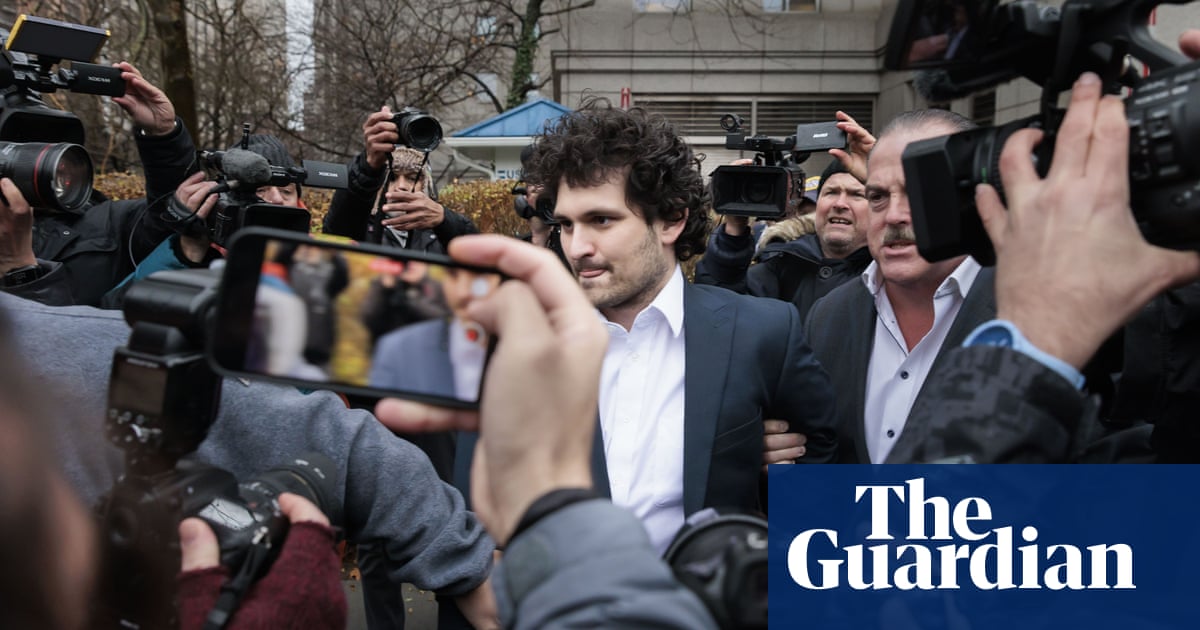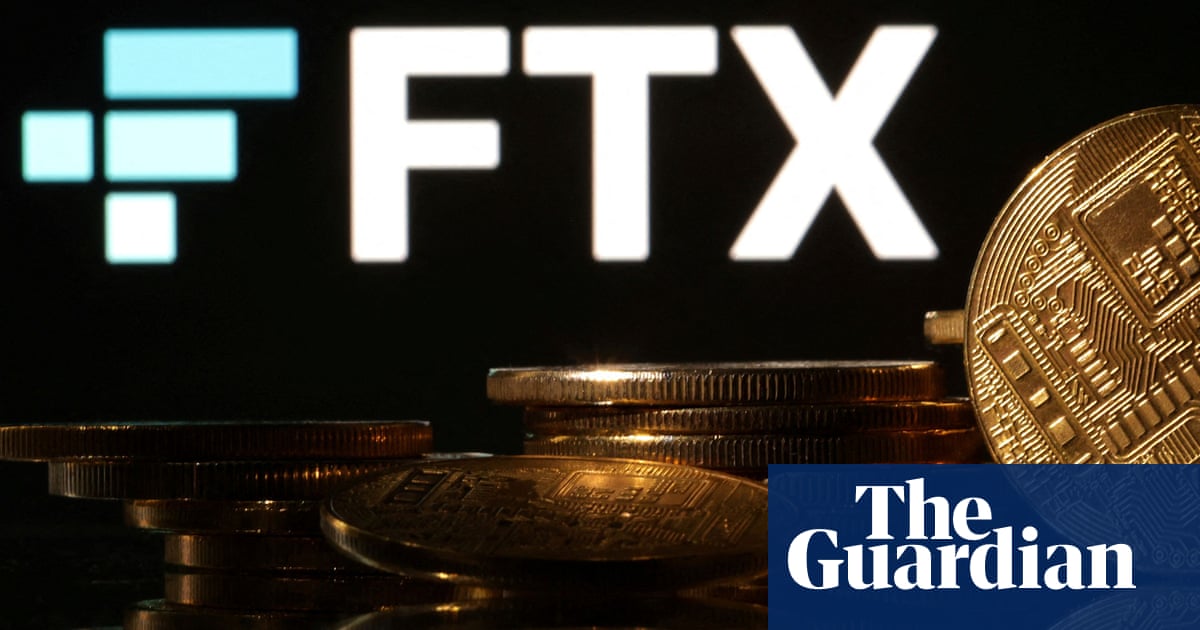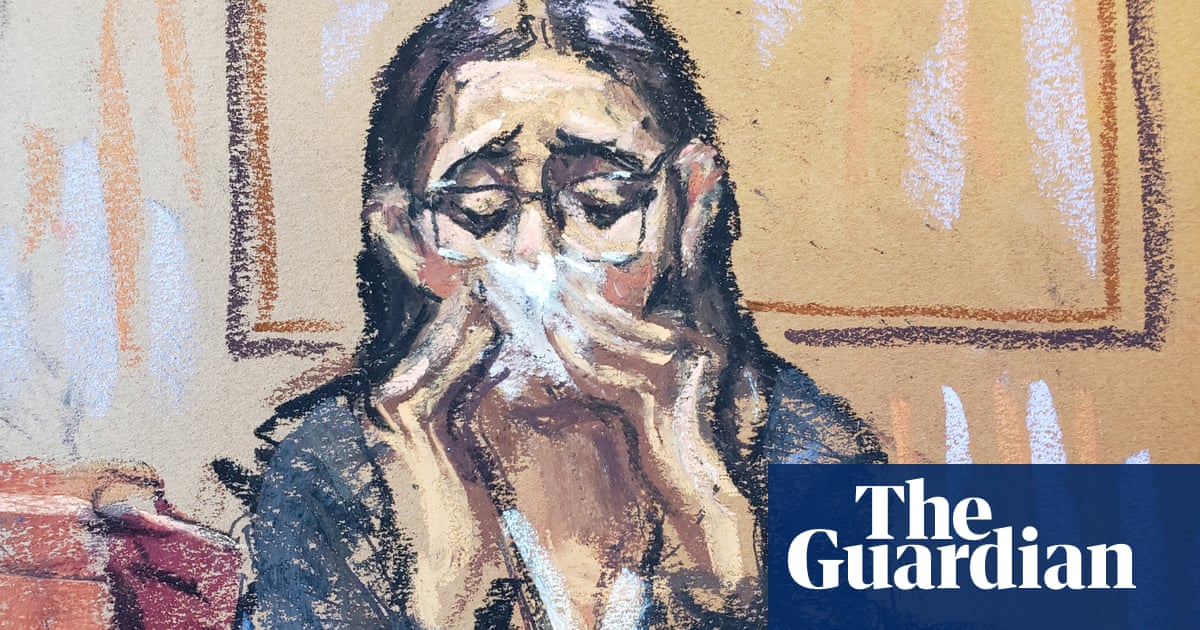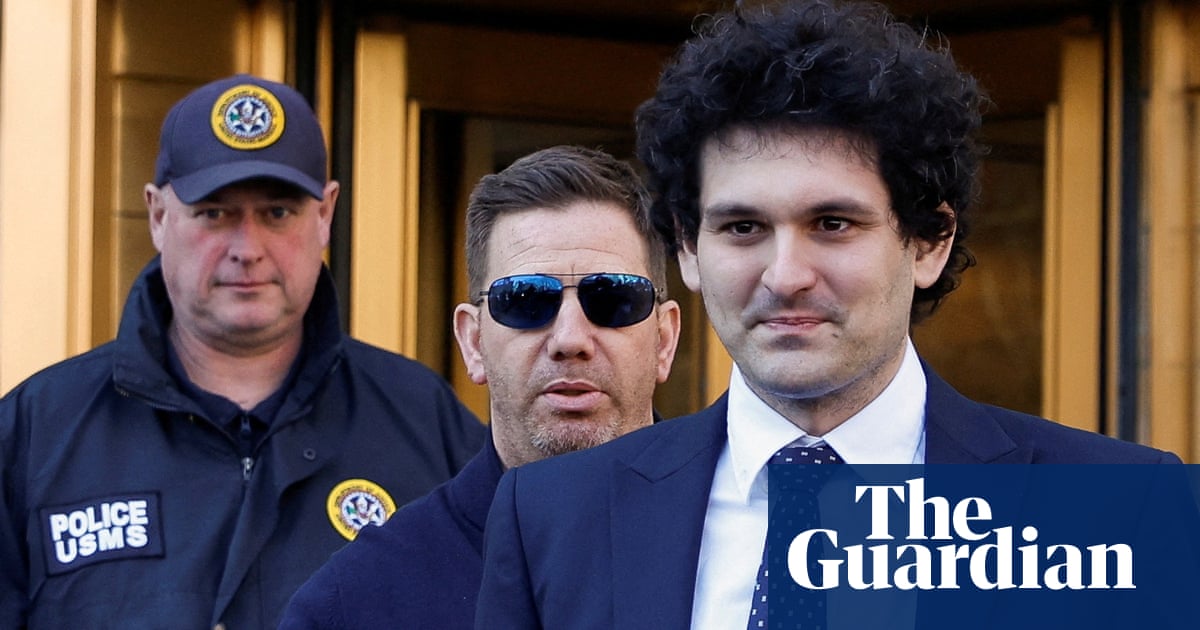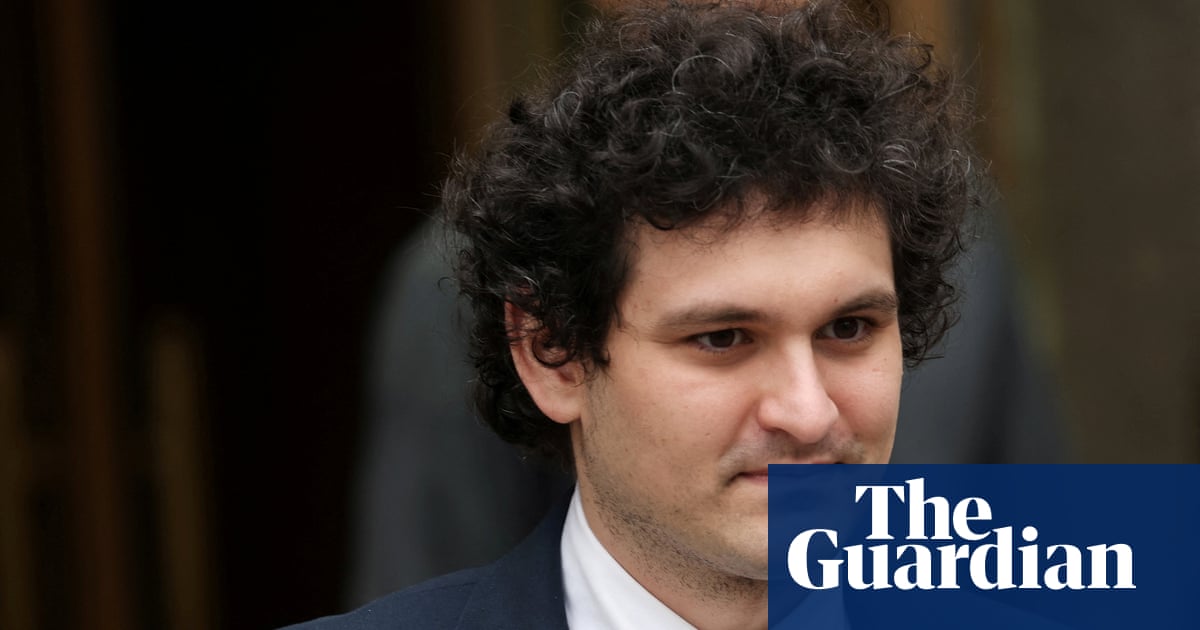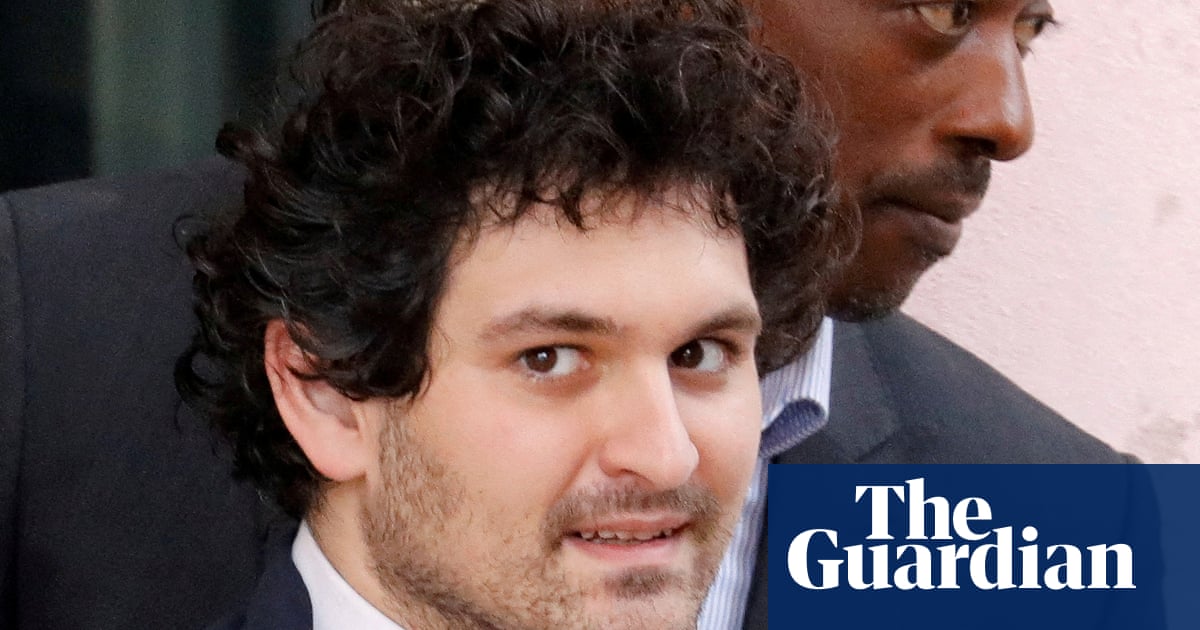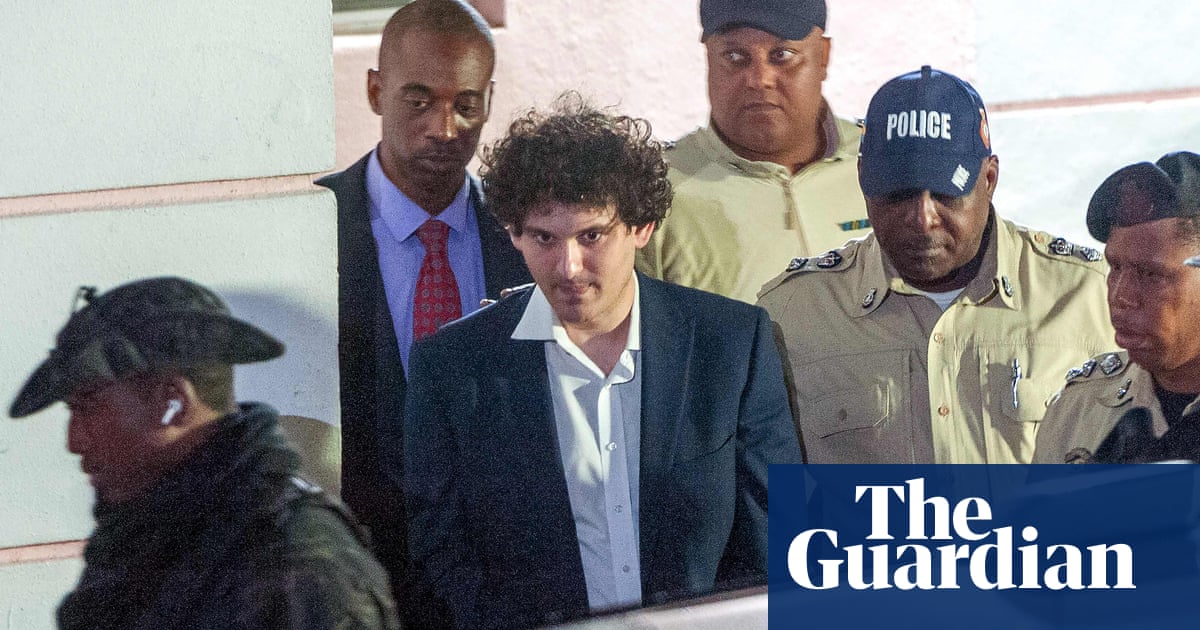
For several years, Sam Bankman-Fried cut the figure of an unstoppable tech founder. With his trademark uniform of a T-shirt and shorts, and a mop of dark curls, Bankman-Fried courted investors big and small with promises that FTX, the cryptocurrency exchange he founded, was safer than all its competitors. He vowed there was an insurance fund to protect investors. He claimed there was a safeguard preventing accounts from margin trading if they lacked sufficient liquidity.
All the while, Bankman-Fried curried favor with politicians and celebrities. He called for greater regulation of crypto currency, telling the Economic Club of New York, “America should provide oversight rather than sitting on the sideline.” Bankman-Fried, according to Insider, also said US authorities should “be able to strike a balance between fostering economic growth and providing consumer protection and protecting against systemic risk and financial crimes”. The bravado paid financial and social dividends: Bankman-Fried became a billionaire by 30 and rubbed elbows with dignitaries such as Bill Clinton. FTX was valued at $32bn.
Bankman-Fried’s ascent ended dramatically in late 2022, when FTX and its sister hedge fund, Alameda Research, collapsed. Despite his lawyers’ efforts to cast him as a modern-day Icarus, a jury of his peers determined he was no better than a quotidian criminal.
Lawyers at the trial of Sam Bankman-Fried spoke at length about his public image. His defense called him a “math nerd who didn’t drink or party”. The prosecution said the unkempt demeanor was a facade designed to evoke a false sense of security. In the end, the jury didn’t believe that wearing cargo shorts would prevent someone from defrauding thousands of people out of billions of dollars.
Bankman-Fried’s fate was sealed quickly. The 31-year-old’s precipitous fall from grace – from vaunted FTX founder to the most hated man in crypto – ended on Thursday after a jury of nine women and three men returned a guilty verdict in just under five hours.
Bankman-Fried – who had amassed billions in what prosecutors effectively described as hi-tech grift enabled by his scruffily trustworthy persona – was dealt an even stronger blow than mere conviction. Jurors determined that he had committed all seven counts he had faced for wire fraud and conspiracy to launder money in his Manhattan federal court trial, meaning he faces a maximum of more than 100 years in prison.
The month-long trial packed scandalous revelations about FTX and its sister hedge fund, Alameda Research, which collapsed in late November 2022 after a report from the cryptocurrency trade publication CoinDesk revealed both companies were on shaky financial grounds. Despite the mountain of evidence against him – which included testimony from his inner circle, such as the former Alameda CEO and ex-girlfriend Caroline Ellison – he decided to testify in his own defense.
In a powerful opening statement, assistant US attorney Thane Rehn laid the foundation for prosecutors’ case against Bankman-Fried. “He lived in a $30m apartment in the Bahamas. He jetted around the world on private planes. He hung out with celebrities like Tom Brady and politicians like Bill Clinton,” Rehn said.
“But all of that, all of it, was built on lies. Behind the curtain, Sam Bankman-Fried was not who he appeared to be. He was using his company, FTX, to commit fraud on a massive scale.”
Over the course of trial, prosecutors said that hapless clients dumped money into FTX, believing it was safe because of Bankman-Fried’s many public comments to that effect. In reality, FTX customer funds were being siphoned to cover Alameda’s mounting debts following a slew of risky investments and the crypto crash of 2022.
The most compelling testimony came from Bankman-Fried’s inner circle, including Ellison, FTX co-founder Gary Wang, and top developer Nishad Singh, all of whom pleaded guilty in cooperation deals late last year.
Wang answered “yes” when asked if he committed crimes at FTX, saying they included commodities and wire fraud. Who were the main people he committed crimes with? the prosecution asked. “Sam Bankman-Fried, Nishad Singh and Caroline Ellison,” Wang replied. He said that Bankman-Fried wasn’t shocked to discover that Alameda had an $8bn shortfall in summer 2022, describing him as having a “neutral demeanor”.
Ellison’s testimony was particularly strong for prosecutors and damning for Bankman-Fried.
“While you were working at Alameda, did you commit any crimes?” prosecutor Danielle Sassoon asked Ellison after she took the stand. “Yes, we did … [Bankman-Fried] directed me to commit these crimes.” She said that Alameda used $10bn from FTX to repay its lenders.
Ellison said Bankman-Fried had been dismissive of her concerns about Alameda’s risks and that he insisted on throwing money into sizeable venture investments. Ellison said she drafted misleading balance sheets so that lenders thought loaning them money was “less risky” than it really was.
Ellison described her rocky on-again, off-again relationship with Bankman-Fried as disruptive to the businesses they ran together.
“The whole time that we were dating, he was also my boss at work,” Ellison told the court. Following their final split in early 2022, she avoided social situations and one-on-one chats with him even as the crash unfolded in May 2022.
Bankman-Fried blamed her for the financial disaster, yelling at her in the penthouse apartment shared by FTX executives. “Sam started saying … it was a big mistake, and that it was my fault, and that I was largely responsible for the financial situation Alameda found itself in.”
Singh told jurors that Bankman-Fried’s courting of celebrity endorsements made him uneasy. “It didn’t align with what I thought we were building the company for,” he told jurors, saying he was “embarrassed and ashamed” at marketing agreements that “reeked of excess and flashiness”.
The most damning testimony may have come from Bankman-Fried himself. On direct examination, defense attorney Mark Cohen doubled down on casting Bankman-Fried as a math nerd who got in over his head but ultimately acted in good faith.
“Yes, I made a number of small mistakes and a number of large mistakes,” Bankman-Fried said. “By far, the largest mistake was we didn’t have a dedicated risk management team. There were significant oversights.”
Cohen worked hard to humanize Bankman-Fried, whom prosecutors repeatedly alleged maintained his disheveled persona – pointing to his messy hair and T-shirt and shorts uniform – so clients would think him a tech visionary. Why did he wear shorts and T-shirts to high-profile events?
“I found them comfortable,” Bankman-Fried said. Why didn’t he cut his hair? “I was kind of busy and lazy.”
Bankman-Fried attributed FTX and Alameda’s downfall to Ellison’s failure to take protective positions that would insulate the hedge fund from market woes. “I became fairly concerned about Alameda’s risk,” he said. “It had not hedged against the market crashes despite the many conversations about hedging.”
On cross-examination, prosecutor Sassoon undid Cohen’s efforts to humanize his client. Through hours of blistering questioning, she cast him as arrogant and careless.
With yeps, yeahs and I don’t recalls aplenty, Bankman-Fried’s answers did not inspire confidence – let alone likability. Sassoon also drilled into the fact that Bankman-Fried was well aware that Alameda had privileges to borrow from FTX client funds when other customers did not, indicative of criminal intent.
“You called the shots at FTX?” Sassoon said. He replied: “I called some of them.”
“You think of yourself as a smart guy?” she pressed.
“In many ways, not all ways,” he said.
“And as CEO of FTX, you thought highly of yourself?” she continued.
“I did,” said Bankman-Fried.
“And as far as you know, there were no other customers on the exchange with a $65bn line of credit?” she asked moments later. “With a billion or more?”
Bankman-Fried admitted he wasn’t aware of other customers with such credit.
“And Alameda was permitted to use a line of credit to withdraw money from the exchange?”
“I now believe that was probably true,” Bankman-Fried responded.




